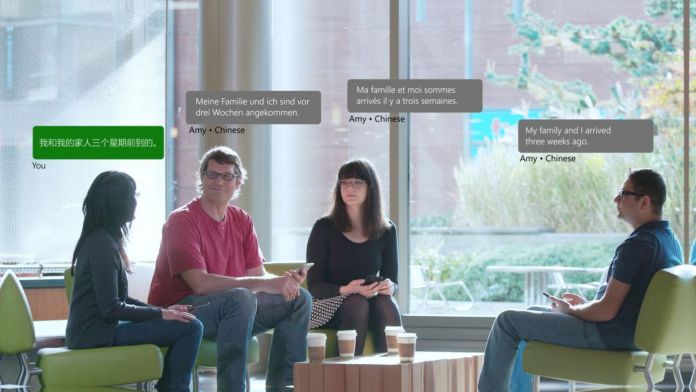A team used methods known as dual learning, deliberation networks, and joint training to reach the milestone. Microsoft calls its system “next-generation Neural Machine Translation”, and that comes with some advantages. The quality of translations to and from English and Chinese or German increased by 11%. It’s not a giant leap, but it should ensure that the result is less confusing in some scenarios. Microsoft gave some examples of the changes, which are quite impressive: “German into English Source: Jemand hat heute über diese Männer gewacht. Old: Someone woke up about these men today. New: Someone watched over these men today. Chinese into English Source: ?????????????? Old: There are many damaged homes and vehicles in the AREA. New: A number of homes and vehicles have been damaged in the area.” The German translation here is greatly improved, going from basically incomprehensible to near-perfect. The difference in the Chinese translation is less subtle but sounds a lot more like a native speaker. This improvement will be rolling out across all of Microsoft Translator variants, from Bing to apps, Office 365, and Azure. For now, it’s limited to those three languages, but Microsoft is promising more are coming in early 2019.




